“Jerusalem is the capital of Israel.”
Why does that simple six-word statement raise such controversy? Can most of the world really be wrong to deny Jerusalem’s capital status? What exactly are the counter-arguments, and how effective is Israel at balancing principle and pragmatism in the city?
And does all the fuss — about the city’s political and legal status, the diplomatic missions, the conflicting claims — even really matter?
Join the fight for Israel’s fair coverage in the news
1. The basics of capital cities
Countries choose their capital and place most — if not all — of the main offices of government in that city. Period.
In most instances, the seat of executive, parliamentary, judicial and administrative authority is concentrated in that city. It’s where embassies are located and where visiting foreign officials meet the state leaders. Some capitals, such as London, Buenos Aires, or Bangkok, also happen to be the country’s center of population, economy or culture. Other capitals, such as Canberra or Brasilia, take a back seat to Sydney and Rio de Janeiro in those matters.
Countries which have changed capital cities are perfectly normal. Countries with multiple capitals are less common but accepted as well, dividing the seats of power executive, legislative, judicial and administrative power as they see fit.
Bottom line: The capital is wherever a country decides to make it. It makes no difference what other states say about that choice. That’s the standard behavior.
2. Jerusalem the capital: Historical context
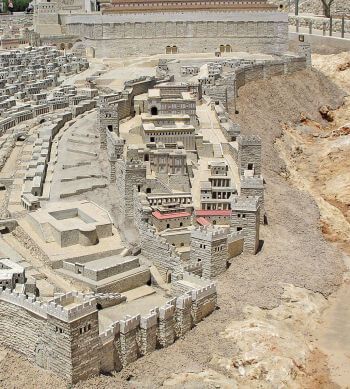
So how did Jerusalem become the capital of ancient Jewish kingdoms and today’s modern Israel?
Jerusalem came under Israelite control when King David conquered the city (Samuel II, ch. 5.) and relocated his throne there from Hebron (ch. 6). His son, King Solomon, would build the First Temple years later. When the biblical kingdom split between Judah and Israel (Kings I ch. 12), Jerusalem remained the capital of Judah.
In 597 BCE, Nebuchanezzar sacked Jerusalem, destroyed the Temple, and exiled the Jews to Babylonia. But Cyrus II of Persia allowed the Jews to return to Judah and rebuild the Temple, as described in the Books of Ezra and Nehemiah..
Fast forward to 140 BCE, when the Hasmoneans, a priestly family, rebelled against the Seleucid King Antiochus IV and purified the Temple in events commemorated by the holiday of Hanukkah. The Hasmonean dynasty ruled from Jerusalem for a little over 100 years before the family was destroyed by the Romans, who installed Herod the Great as king. The Jews revolted against Roman rule, but the uprising was crushed in 70 CE.
Related reading: Jewish Ties to the Temple Mount – What’s the Story?
From 70 CE until 1948, a period of almost 2,000 years, Jerusalem was ruled by the Romans, Byzantines, Umayyads, Abbasids, Fatimids, Seljuks, Crusaders, Ayyubids, Mamluks, Ottomans and the British. The city never served as a political, administrative or religious capital for any of its conquerors.
Jerusalem served as the capital for the Jews, and nobody else.
3. Jerusalem a capital again
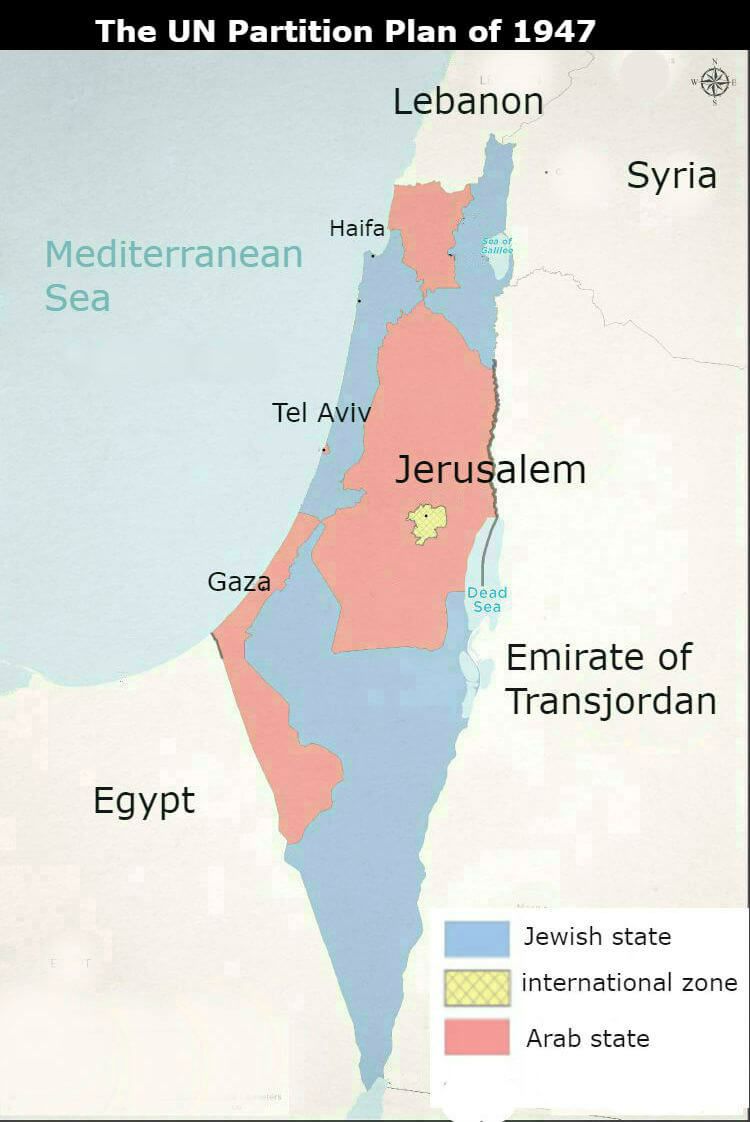 In November, 1947, the United Nations voted to partition Palestine into separate Jewish and Arab states and establish Jerusalem as an international city under UN auspices. As British forces left the Holy Land in May, 1948, Israel declared independence and the Arabs attacked. Jordanian forces isolated Jerusalem, but failed to fully capture it.
In November, 1947, the United Nations voted to partition Palestine into separate Jewish and Arab states and establish Jerusalem as an international city under UN auspices. As British forces left the Holy Land in May, 1948, Israel declared independence and the Arabs attacked. Jordanian forces isolated Jerusalem, but failed to fully capture it.
Thus, Tel Aviv initially served as Israel’s capital, with the Provisional State Council (Moetzet Hamedina Hazmanit) convening at various Tel Aviv venues.
The War of Independence ended with a series of armistice agreements in 1949. The armistice lines were far different from the borders envisioned by the Partition Plan. And Jerusalem, instead of being internationalized, was now divided between Israel and Jordan. After the war, the UN began discussions on how to implement the internationalization of Jerusalem, prompting prime minister David Ben Gurion’s announcement in December 1949 that the Israeli capital would be moved to Jerusalem:
A nation that, for two thousand and five hundred years, has faithfully adhered to the vow made by the first exiles by the waters of Babylon not to forget Jerusalem, will never agree to be separated from Jerusalem. Jewish Jerusalem will never accept alien rule after thousands of its youngsters liberated their historic homeland for the third time, redeeming Jerusalem from destruction and vandalism.
We do not judge the U.N., which did nothing when nations, which were members of the U.N., declared war on its resolution of 29 November 1947, trying to prevent the establishment of Israel by force, to annihilate the Jewish population in the Holy Land and destroy Jerusalem, the holy city of the Jewish people.
Had we not been able to withstand the aggressors who rebelled against the U.N., Jewish Jerusalem would have been wiped off the face of the earth, the Jewish population would have been eradicated and the State of Israel would not have arisen. Thus, we are no longer morally bound by the U.N. resolution of November 29, since the U.N. was unable to implement it. In our opinion the decision of 29 November regarding Jerusalem is null and void.
Related reading: The War of Independence: The Sin of Israel’s Creation?
On December 26, 1949, the Knesset moved to its temporary residence in “Beit Frumin” on King George St. in Jerusalem. And on August 31, 1966, the Knesset moved to its current, permanent location in Jerusalem’s Government Quarter.
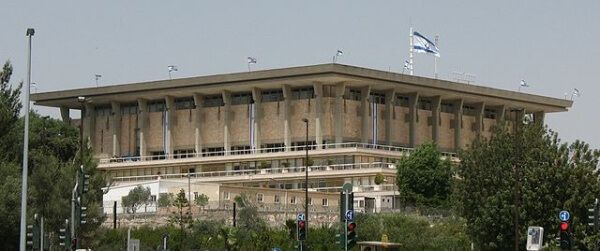
4. What about the Green Line?
In the 3,000 or so years of Jerusalem’s history, the city was only divided for a 19-year period. The armistice which ended the War of Independence left Israel in control of the city’s western neighborhood and Jordan in control of the city’s eastern neighborhoods. Israel made its capital in the western half of Jerusalem.
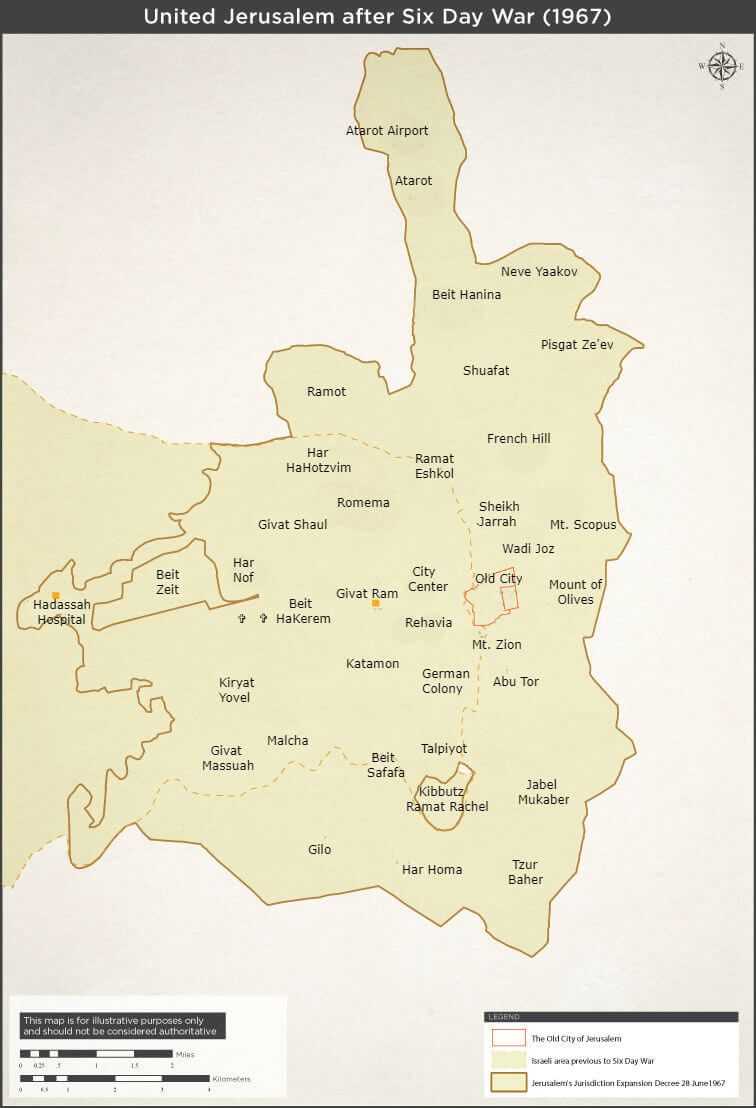
But that changed in June, 1967. While Israel launched a preemptive air strike on the Egyptian Air Force, Israel conveyed a message to Jordan’s King Hussein asking him to stay out of the fighting. But the king believed Egyptian president Gamel Abdel Nasser’s denials of significant Egyptian losses and ordered Jordanian forces to launch attacks on Israel. The Israeli Defense Forces counter-attacked, recapturing eastern Jerusalem and driving Jordanian forces to the Jordan River’s East Bank.
Jerusalem was reunited and entirely under Israeli control.
Related reading: The Six Day War: Concise Timeline
Professor Eugene Kontorovich explains why the 1949 armistice line — more commonly known as the Green Line — has no bearing on the city’s capital status.
The “Green Line” was created in the wake of Israel’s 1948-49 War of Independence. Upon the country’s founding, Jordan and its allies invaded, with the goal of preventing the creation of a Jewish state. Although they failed at that goal, the Arab armies did occupy significant territory when the armistice was called, including what is now widely referred to as the West Bank and East Jerusalem. Jordan subsequently expelled all Jews from the areas under its control.
In 1967, during the Six Day War, Israel recaptured these places. But in the war’s aftermath the United Nations invested the temporary 1949 armistice line with talismanic significance. The U.N. claimed Israel was “occupying” the territory that Jordan had forcibly seized not two decades earlier. Thus the international community came up with a unique demand: Israel had to keep the areas under its control, including East Jerusalem and the Old City, free of Jewish inhabitants. Any move to unify Jerusalem would be considered a war crime.
In international law, armistice lines are not borders; they merely mark breaks in the fighting. The claim that the Green Line created a permanent “Judenrein” zone in the area occupied by Jordan, or that it in any way changed the legal status of the territory on the far side, is unique and illiberal.
Thus, as Ambassador Alan Baker summed up:
The 1967 unification of Jerusalem by Israel through the extension of its law, jurisdiction, and administration to eastern Jerusalem, while not accepted by the international community, did not alter the legality of Israel’s presence and status in, and governance of, the city.
Related viewing: Jerusalem: The Media Myth of Two Cities
5. Fudging the consulates’ status
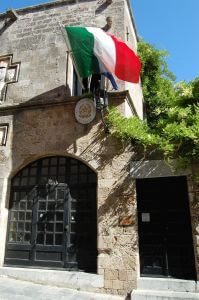
Italy, Belgium, Great Britain, Greece, Spain, France, Sweden, and Turkey currently operate consulates in Jerusalem. But a closer look shows that these missions aren’t exactly consulates in the fullest sense of the term.
Shmuel Berkowitz unpacks how Israel and these eight countries creatively fudge the status of these missions, and why there aren’t more consulates in Jerusalem:
None of the foreign consulates in Jerusalem have submitted an official request (exequator) to the Israeli Foreign Ministry to recognize them as consulates in view of their desire to refrain from performing an act (i.e., submitting an application to the Foreign Ministry) that would imply recognition by their countries of Jerusalem as capital of the State of Israel – contrary to their stated policy. Nevertheless, as the foreign consulates in Jerusalem are representatives of friendly countries with which Israel maintains diplomatic relations, Israel recognizes them de facto and grants them consular status and documentation under the Vienna Convention on Consular Relations, 1963. . . .
All the foreign consulates operated in Jerusalem before the unification of the city in June 1967, and some were even active in the city during the Ottoman period. Since June 1967, Israel has not permitted any state to open a new consulate in Jerusalem, but only an embassy, in view of its desire to encourage recognition of Jerusalem as the capital of Israel and pursuant to the international diplomatic practice of embassies being located in the capital of the host country.
(See also Berkowitz’s explanation of the Vatican’s Apostolic Delegation in Jerusalem, which is not noted here for brevity’s sake.)
6. Western Jerusalem’s Realities
At the very least, recognizing western Jerusalem as Israel’s capital shouldn’t be problematic. To wit, visiting dignitaries already:
- Present their credentials to the president at his residence in western Jerusalem.
- Hold talks at the Prime Minister’s Office in western Jerusalem.
- Meet lawmakers at the the Knesset in western Jerusalem.
- Lay wreaths at the Yad Vashem Holocaust museum in western Jerusalem.
- Spend the night at the top hotels of western Jerusalem.
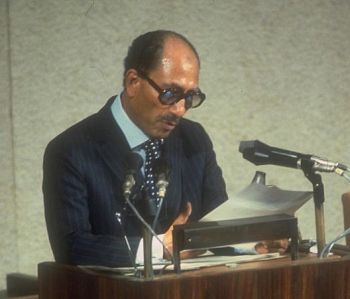
In fact, once upon a time, more countries maintained embassies in Jerusalem. Shmuel Berkowitz explains that 18 countries moved their embassies out of Jerusalem (or were pressured to do so) when the Knesset adopted Basic Law: Jerusalem, Capital of Israel in July, 1980, declaring that “Jerusalem, complete and united” is the capital of Israel:
The 18 countries, which held such embassies, accepted the decision and moved them out of the city. Following diplomatic pressure on Costa Rica, the latter returned its embassy to Jerusalem in 1982. In 1984, the embassy of El Salvador was also returned to Jerusalem. However, in the summer of 2008, following the Second Lebanon War and in order to improve their relations with the Arab countries, these two countries again withdrew their embassies from Jerusalem. Jerusalem thus became the only capital in the world without a single embassy.
Acknowledging that reality and correcting a historical snub, the US moved its embassy to Jerusalem in May, 2018. Days later, Guatemala followed suit.
Other countries since then have openly discussed moving their embassies, including Paraguay, Honduras, Brazil, Romania and the Czech Republic. Time will tell if, or when, they happen, or if other countries will join in.
The mere act of discussing such a move shows an acknowledgement of a political reality that Israel is here to stay and that the Jewish people have a historic attachment to Jerusalem that doesn’t have to preclude the possibility of a peace agreement giving Palestinians a capital stake in Jerusalem as well. In 2009, prime minister Ehud Olmert said he was prepared to divide Jerusalem for the sake of peace. More recently, in 2010, Benjamin Netanyahu’s defense minister, Ehud Barak, said Israel was prepared to cede parts of Jerusalem for peace.
It’s worth noting that the most significant breakthrough in Israeli-Arab relations — the Israeli-Egyptian peace agreement — began with Egyptian president Anwar Sadat visiting Israel in November, 1977. To win over the hearts and minds of Israelis, he gave a speech offering peace.
In the Knesset.
In Jerusalem, the capital of Israel.
Images: City of David via Wikimedia Commons; Knesset CC BY James Emery;< divided Jerusalem via Wikimedia Commons; consulate via Wikimedia Commons; Sadat via GPO Archives/Ya’akov Sa’ar;
Before you comment on this article, please note our Comments Policy. Any comments deemed to be in breach of the policy will be removed at the editor’s discretion.

